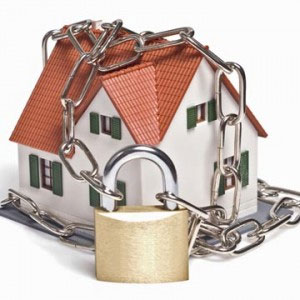
For most Americans looking to buy retirement property, the real estate crash has created home buying opportunities in Phoenix, AZ. In fact, home prices in 20 major US cities have dropped nearly 30% from the highs in 2006. Making this the perfect storm for home buyers, today’s 30-year mortgage fixed interest rate stands at about 4.5%, essentially at the lowest level available in the past 40 years.
Lower home prices and cheap mortgage rates have made home buying much more affordable than just 3 years ago. Retirees ready to embark on the second half of their lives are in a particularly favorable position and U.S. News compiled a list of 10 places where retirement home buyers can purchase property for under $600 per month (principal and interest only, not including property taxes and insurance), assuming a 20% down payment and a 30-year fixed mortgage at 4.35%. So what city emerged at the top of the list? Phoenix, AZ.
With more than 200 golf courses, miles of outdoor trails, museums and art galleries, Phoenix has long been an attractive retirement destination. Home prices in Phoenix doubled have dropped more than 50% as the real estate bubble burst. The crash has helped make the city’s real estate market more affordable for retirement home buyers. The median home price in Phoenix stood at $145,000 in August 2010. Buyers who put a 20% down payment on a median-priced Phoenix home will have monthly payments of only $580 for mortgage principal and interest.




